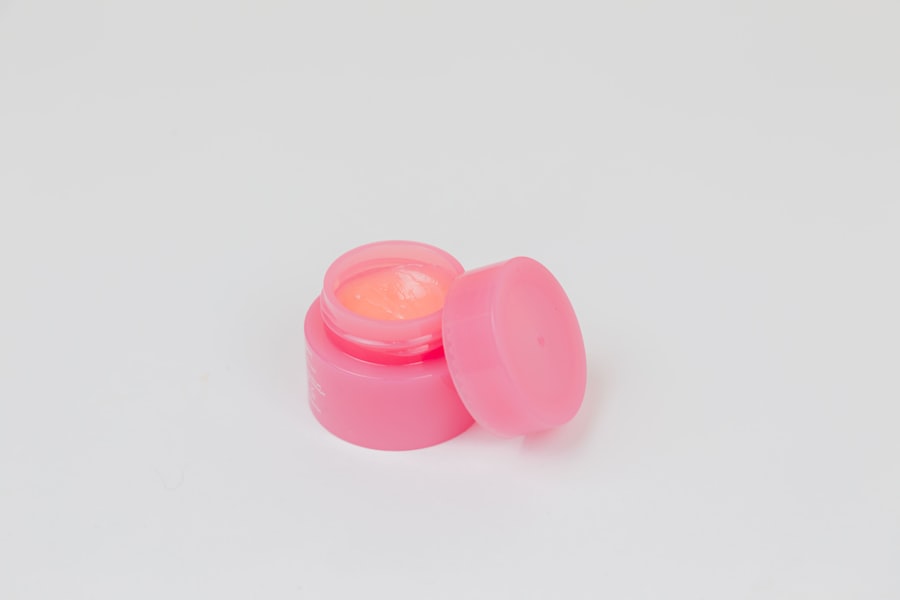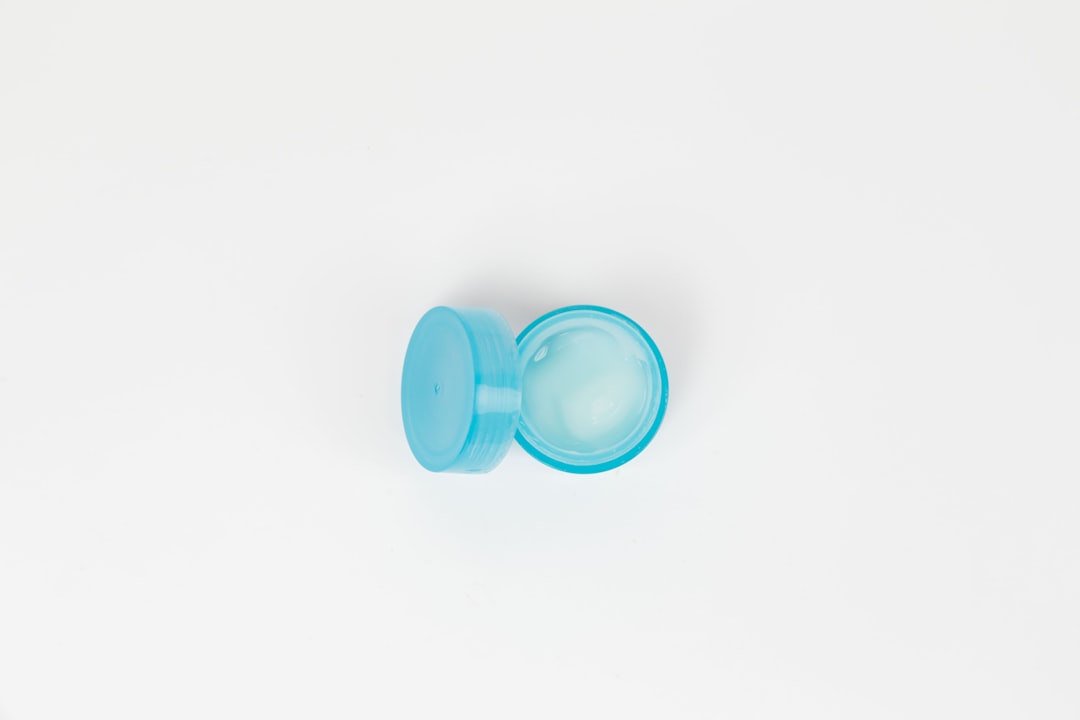After undergoing laser hair removal, it’s essential to grasp what happens to your skin during the recovery phase. The laser targets hair follicles, damaging them to inhibit future hair growth.
Understanding this phase is crucial for ensuring optimal results and minimizing discomfort. You may notice some redness or swelling in the treated areas, which is a normal response as your skin begins to heal. This reaction typically subsides within a few hours to a few days, depending on your skin type and the area treated.
As you navigate through the post-laser experience, it’s important to remember that your skin is in a delicate state. The laser treatment can cause temporary changes in pigmentation, especially for those with darker skin tones. This is why it’s vital to follow the aftercare instructions provided by your practitioner closely.
By doing so, you can help your skin recover more effectively and enhance the results of the treatment. Being informed about what to expect can alleviate anxiety and help you feel more in control of your post-treatment journey.
Key Takeaways
- Post-laser hair removal process involves shedding of treated hair and slowing of hair growth
- Proper skincare routine after laser hair removal includes gentle cleansing and moisturizing
- Managing redness and irritation can be done with soothing products like aloe vera or cold compress
- Sun protection with SPF is crucial to prevent hyperpigmentation and sun damage post-treatment
- Hydration and moisturizing are essential for maintaining skin health and promoting healing after laser hair removal
Proper Skincare Routine After Laser Hair Removal
Establishing a proper skincare routine after laser hair removal is paramount for maintaining the health of your skin and maximizing the effectiveness of the treatment. Start with gentle cleansing; opt for a mild, fragrance-free cleanser that won’t irritate your sensitive skin. Avoid using hot water, as it can exacerbate redness and discomfort.
Instead, use lukewarm water to cleanse the area, and pat it dry with a soft towel. This simple step can help prevent any additional irritation while keeping your skin clean and free from bacteria. In addition to cleansing, incorporating soothing products into your routine can significantly aid in recovery.
Look for serums or moisturizers containing ingredients like aloe vera or chamomile, known for their calming properties. These can help reduce inflammation and promote healing. It’s also wise to avoid any products with active ingredients like retinoids or acids for at least a week post-treatment, as they can further irritate your skin.
By prioritizing gentle care, you’ll create an environment conducive to healing and ensure that your skin remains healthy and radiant.
Managing Redness and Irritation

Redness and irritation are common side effects following laser hair removal, but there are effective strategies to manage these symptoms. One of the simplest yet most effective methods is applying a cold compress to the treated area. This can help soothe the skin and reduce inflammation significantly.
You can use a clean cloth soaked in cold water or even ice wrapped in a towel. Just be sure not to apply ice directly to the skin, as this could cause further irritation. Additionally, over-the-counter hydrocortisone cream can be beneficial in alleviating redness and discomfort.
However, it’s essential to consult with your practitioner before using any topical treatments to ensure they are appropriate for your specific situation. Keeping the treated area moisturized is also crucial; dry skin can exacerbate irritation. By taking these steps, you can effectively manage any discomfort and promote a smoother recovery process.
Sun Protection and SPF
| Product | SPF | Water Resistant |
|---|---|---|
| Sunscreen lotion | 30 | Yes |
| Sunscreen spray | 50 | No |
| Sunscreen stick | 45 | Yes |
Sun protection is an absolute necessity after laser hair removal, as your skin will be particularly sensitive to UV rays during this time. Exposure to sunlight can lead to complications such as hyperpigmentation or even burns, which can hinder the healing process and affect the results of your treatment. Therefore, applying a broad-spectrum sunscreen with an SPF of at least 30 is essential whenever you step outside, even on cloudy days.
In addition to sunscreen, consider wearing protective clothing such as wide-brimmed hats or long sleeves when outdoors. This added layer of protection can shield your skin from harmful rays and further reduce the risk of complications. Remember that reapplying sunscreen every two hours is crucial, especially if you’re sweating or swimming.
By prioritizing sun protection, you’ll not only safeguard your skin but also enhance the longevity of your laser hair removal results.
Hydration and Moisturizing
Keeping your skin hydrated is vital after laser hair removal, as it helps maintain its elasticity and promotes healing. Drinking plenty of water throughout the day will support overall skin health from within. Hydration plays a key role in flushing out toxins and keeping your skin looking fresh and vibrant.
Aim for at least eight glasses of water daily, adjusting based on your activity level and climate. In addition to internal hydration, external moisturizing is equally important. Choose a gentle, fragrance-free moisturizer that suits your skin type.
Look for products containing hyaluronic acid or glycerin, which are excellent for attracting moisture to the skin. Applying moisturizer regularly will help prevent dryness and flakiness while soothing any irritation you may experience post-treatment. By focusing on hydration both internally and externally, you’ll create an optimal environment for your skin to heal effectively.
Avoiding Harsh Chemicals and Exfoliants
After laser hair removal, it’s crucial to avoid harsh chemicals and exfoliants that could irritate your sensitive skin. Products containing alcohol, fragrances, or strong active ingredients can disrupt the healing process and lead to adverse reactions. Instead, opt for gentle formulations that prioritize soothing and nourishing properties.
This approach will help maintain your skin’s integrity while allowing it to recover from the treatment. Exfoliation is another area where caution is necessary.
Your skin needs time to heal without additional stressors that could lead to irritation or inflammation. By being mindful of the products you use during this recovery period, you’ll support your skin’s healing process and enhance the overall results of your laser hair removal.
Professional Follow-Up and Maintenance
Scheduling professional follow-up appointments after laser hair removal is an essential part of ensuring long-lasting results. Your practitioner will assess how well your skin has healed and determine if any additional treatments are necessary for optimal outcomes. These follow-up visits provide an opportunity for you to discuss any concerns or side effects you may be experiencing, allowing for timely interventions if needed.
Maintenance treatments may also be recommended based on your individual hair growth patterns and skin type. Many people find that periodic touch-ups help maintain smoothness over time, as some hair follicles may remain active despite initial treatments. By staying proactive with follow-ups and maintenance sessions, you’ll not only enhance the effectiveness of your laser hair removal but also enjoy long-lasting results that keep unwanted hair at bay.
Managing Potential Side Effects and Complications
While most individuals experience minimal side effects after laser hair removal, it’s important to be aware of potential complications that could arise. Common side effects include redness, swelling, or minor discomfort in the treated areas; however, these typically resolve within a few days with proper care. If you notice persistent pain or unusual symptoms such as blistering or severe swelling, it’s crucial to contact your practitioner immediately for guidance.
In rare cases, individuals may experience changes in pigmentation or scarring following treatment. If you have concerns about these potential side effects, discussing them with your practitioner beforehand can help set realistic expectations and prepare you for what to watch out for during recovery. By being informed about possible complications and knowing how to address them promptly, you’ll be better equipped to navigate your post-laser hair removal journey successfully.
In conclusion, understanding the post-laser hair removal process is vital for achieving optimal results while ensuring a smooth recovery experience. By following a proper skincare routine, managing redness and irritation effectively, prioritizing sun protection, staying hydrated, avoiding harsh chemicals, scheduling professional follow-ups, and being aware of potential side effects, you can enhance both the safety and efficacy of your treatment. Embracing these practices will not only help you achieve smoother skin but also empower you with knowledge about caring for yourself after such a transformative procedure.
After undergoing laser hair removal for the face, it is crucial to follow proper aftercare instructions to ensure optimal results. One helpful resource for learning about post-treatment care is the article titled “Fashion Home 5” on In Laser Hair Removal’s website. This article provides valuable tips and guidelines for taking care of your skin after a laser hair removal session. By following these recommendations, you can help minimize any potential side effects and promote smooth, hair-free skin. For more information on laser hair removal aftercare, be sure to check out





